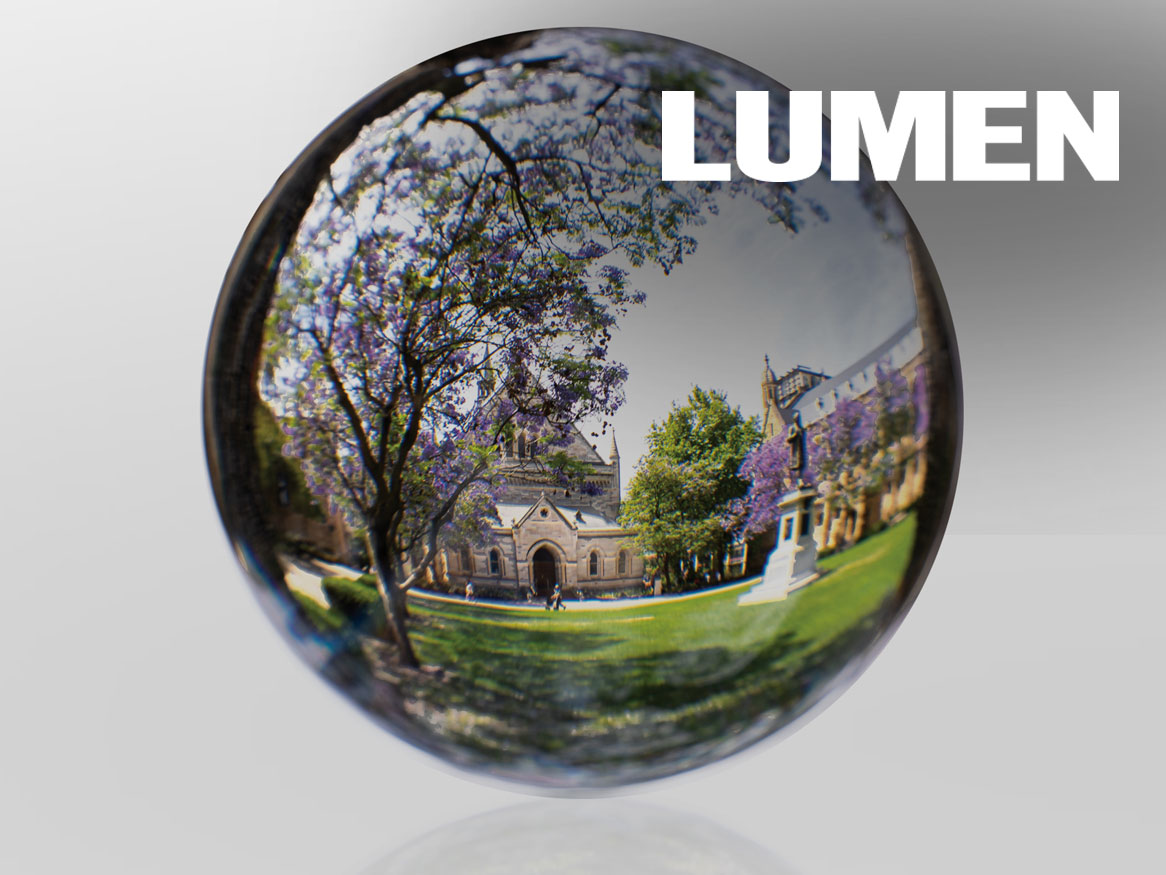Uncovering bacterial role in platinum formation
Tuesday, 22 March 2016
Australian scientists have uncovered the important role of specialist bacteria in the formation and movement of platinum and related metals in surface environments.
Published in the journal Nature Geoscience, the research has important implications for the future exploration of platinum group metals.
“These platinum group elements are strategically important metals, but finding new deposits is becoming increasingly difficult due to our limited understanding of the processes that affect the way they are cycled through surface environments,” says project leader Dr Frank Reith, Senior Lecturer in the University of Adelaide’s School of Biological Sciences and Visiting Researcher at CSIRO Land and Water.
“This research reveals the key role of bacteria in these processes. This improved bio geochemical understanding is not only important from a scientific perspective but we hope will also lead to new and better ways of exploring for these metals.”
Platinum group metals, especially platinum and palladium, are highly prized ‘noble’ metals used in a wide range of industrial processes. Ensuring adequate supplies is challenging and enhanced exploration is considered a global priority.
This project is a collaboration with Monash University (Professor Joël Brugger and Dr Barbara Etschmann) and Mineral Resources Tasmania (Ralph Bottrill). Other partners include the University of Queensland, University of Western Australia, RMIT and the Federal Institute for Geosciences and Natural Resources, Germany.
“Traditionally it was thought that these platinum group metals only formed under high pressure and temperature systems deep underground, and that when they were brought to the surface through weathering and uplift, they just sat there and nothing further happened to them,” says Dr Reith.
“We’ve shown that that is far from the case. We’ve linked specialised bacterial communities, found in biofilms on the grains of platinum group minerals at three separate locations around the world, with the dispersion and re-concentration of these elements in surface environments.
“We’ve shown that nuggets of platinum and related metals can be reformed at the surface through bacterial processes.”
The study has investigated platinum group elements from Brazil, Colombia and the Australian state of Tasmania.
Monash University Professor Joël Brugger says: “We needed to find fresh grains of platinum group minerals and extract them from soils and sediments in a manner that preserves fragile biofilms and tell-tale DNA. These grains are incredibly rare, and the chase took us all over the world, from Tasmania to Brazil.”
The researchers found live bacterial biofilms on mineral grains from all three sites using scanning electron microscopy. They had been suggested previously but never before shown to exist. They also showed that the mineral grains found at the Brazil site were bio-organic in origin, further supporting the role of the bacteria in the secondary formation of platinum grains.
“We’ve shown the biofilms occur across a range of platinum-group-metal grains and in different locations,” says Dr Reith. “And we’ve shown, that at the Brazil site at least, the entire process of formation of platinum and palladium was mediated by microbes.”
The work builds on more than 10 years of research in gold, which has uncovered the role of micro-organisms in driving the Earth’s gold cycle.
Contact details
Email: frank.reith@csiro.au
Senior Lecturer
School of Biological Sciences
The University of Adelaide
Business: +61 8 8303 8469
Mobile: +61 409 974 658
Media Team
Email: media@adelaide.edu.au
Website: https://www.adelaide.edu.au/newsroom/
The University of Adelaide
Business: +61 8 8313 0814







